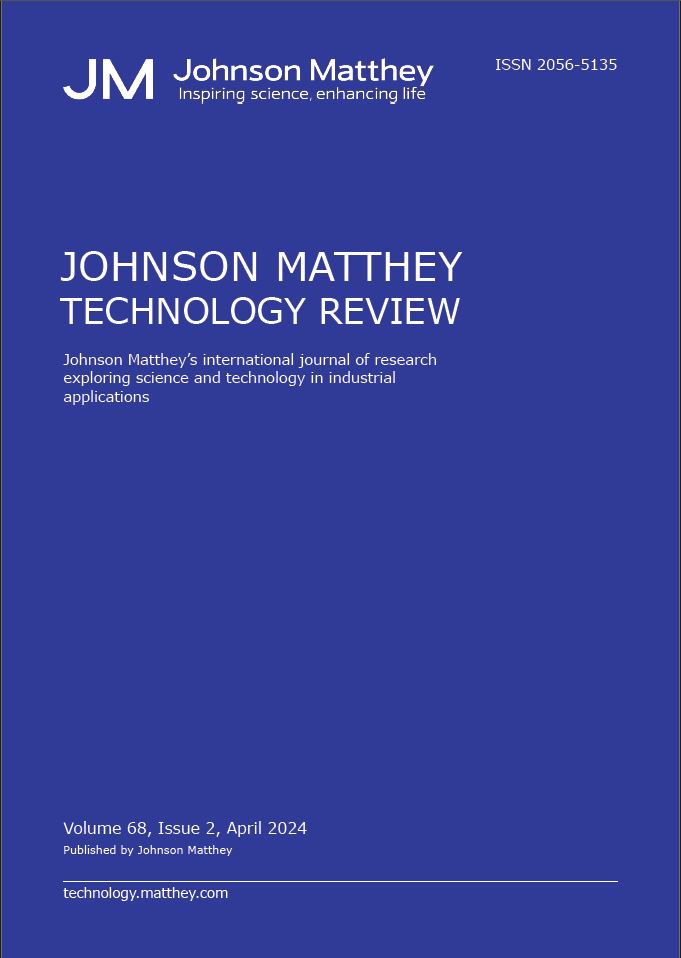-
oa Potential of Hydrogen Internal Combustion Engine for the Decarbonised Passenger Vehicle
Reducing greenhouse gas emissions to achieve carbon neutrality
- Source: Johnson Matthey Technology Review, Volume 68, Issue 2, Apr 2024, p. 293 - 303
-
- 28 Jun 2023
- 03 Oct 2023
- 05 Oct 2023
Abstract
CO2 regulations are becoming very stringent due to the goal of reducing greenhouse gases and achieving carbon neutrality. It has already become a common situation that electric vehicles are emerging as eco-friendly power systems rather than vehicles equipped with conventional internal combustion engines and their share in the market is increasing. However, even with an internal combustion engine, CO2 can be drastically reduced if a carbon-free fuel such as hydrogen is used. Raw nitrogen oxides (NOx) emissions can be overcome to a certain level through ultra-lean burn operation, but in order to balance the amount of hydrogen and air in the limited space of the combustion chamber, a drop in the engine’s maximum output should be accepted. Hyundai Motor Company (HMC) also previously developed an engine using hydrogen fuel (1), but was unable to progress to mass production. Since then, hybrid technology has become popular, and with the development of hydrogen injection devices, an era has arrived where mass production becomes a possibility. For this reason, studies on internal combustion engines using hydrogen fuel based on existing spark ignition or compression ignition engines are rapidly increasing. In this study, a hydrogen fuel engine was designed and manufactured based on the mass produced gasoline spark ignition engine. CO2 level was confirmed from initial performance evaluation, and it was found that raw NOx levels and maximum power were in a trade-off relationship with each other under the same air-charging system application. In addition, the method to improve maximum engine torque was verified while maintaining the raw NOx level, and the maximum engine power improvement level was confirmed when raw NOx emissions were allowed to increase. Thereby the potential of the carbon-neutral internal combustion engine has been demonstrated.


